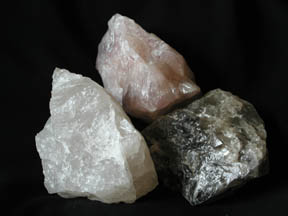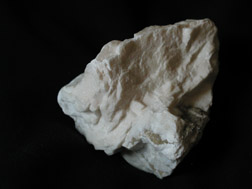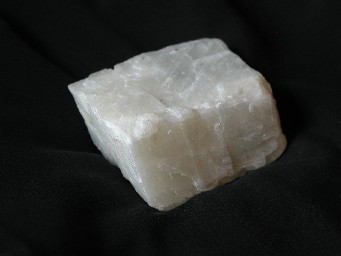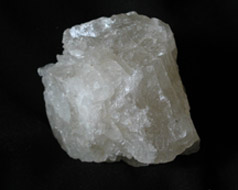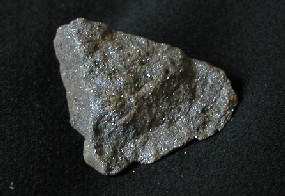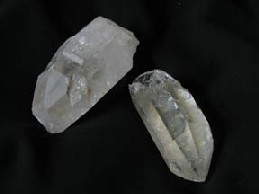Click on image for full size
Windows to the Universe
Related links:
Whatís That Mineral?
Spotting minerals is fun! There are many different types of minerals. Each has a different name and special traits. You can learn more about minerals by looking closely at them to understand their special traits. Pick up a mineral and look for the things listed below!
What shape is your mineral?
Minerals have special crystal shapes. Sometimes the crystals are too small to see or have broken apart so that the mineral does not look like a crystal shape.
What does the surface look like?
Look at what happens when light hits your mineral. The shiny surface of metals is called metallic. Other minerals have a glassy, pearly, or dull surface.
What color is your mineral?
Minerals are all different colors! Sometimes the same mineral can have many colors like quartz in the picture above.
Can you draw with your mineral?
Use your mineral like a crayon on a small white streak plate. If the mineral is soft enough, it will draw on the streak plate. Look at what color your mineral draws. Is it the same color as the mineral in your hand?
How hard is your mineral?
Some minerals are harder than others. Hard minerals are difficult to scratch. Mohs hardness scale is used to describe the hardness of minerals.
How does your mineral break?
Minerals that have cleavage will break with neat flat surfaces in places where the atoms in the mineral are only loosely connected. If your mineral does not have cleavage, it will fracture if you drop it or hit it with a hammer, making a wavy break in the crystal.


